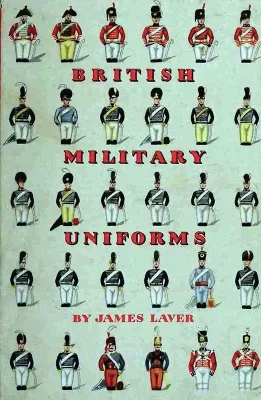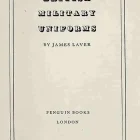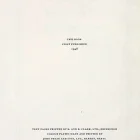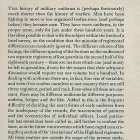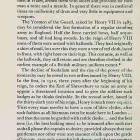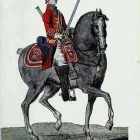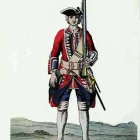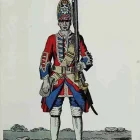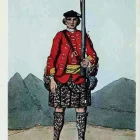- Military Library
- Literature
- Various Wars Books
- British Military Uniforms (1948)
British Military Uniforms (1948)
Since the time of Edward III
The history of military uniforms is (perhaps fortunately) much shorter than the history of warfare. Men have been fighting in more or less organized bodies since (and perhaps before) they became men. They have worn uniforms, in the proper sense, only for just under three hundred years. It is therefore possible to deal with the subject within the limits of a brief survey, on the condition that the minutiae of regimental differences are resolutely ignored.
The different colors of the facings, the different spacing of the buttons on the uniforms of two separate regiments of foot guards in the second half of the eighteenth century - these are matters which can (and must) be left to specialists, if only for the reason that their adequate discussion would require not one volume but a hundred. In dealing with uniforms there are, in fact, four sets of variables, and even if we confine ourselves to one country there are still three: regiment, period and rank. Even when all these are constant, there may be different uniforms for different purposes: undress, fatigue and the like.
Added to this is the frequent difficulty of deciding the exact forms of early uniforms from the inadequacy of the records, the inaccuracies of painters and the eccentricities of individual officers. Local patriotism has sometimes been called in, still further to confuse the issue, as in the bitter controversies which have raged concerning the question of the 'clan tartans' of the Highland regiments. All these matters are outside the scope of the present study, the object of which is merely to record the main lines of evolution, to attempt, in however inadequate a fashion, to penetrate to the reasons why uniforms developed in the way they did and to establish, if possible, the principles by which they have been governed.
It is probable that English troops were first clothed by the Government (but this was, for long, quite exceptional) in the reign of Edward III, who, Rymer states, raised a thousand men in Wales, armed them with lances and provided for each man a tunic and a mantle. In general, there was in medieval times no uniformity of dress and very little in equipment and weapons…
- {{#owner}}
- {{#url}} {{#avatarSrc}}
{{name}} {{/url}} {{^url}} {{#avatar}} {{& avatar}} {{/avatar}} {{name}} {{/url}} - {{/owner}} {{#created}}
- {{created}} {{/created}}


